Treatment modalities in restorative dentistry should be implemented witha solid rationale behind them and support from scientific studies. These principles, in conjunction with clinical experience, candictate when and if a post is required when a tooth has undergone root canal treatment. Read Full Article
CONTINUE READINGWe are proud to have had the opportunity to write several articles in several journals and books. We hope they guide you during your learning process on the multiple treatment options we currently have and welcome any questions as they may relate to your specific situation.
